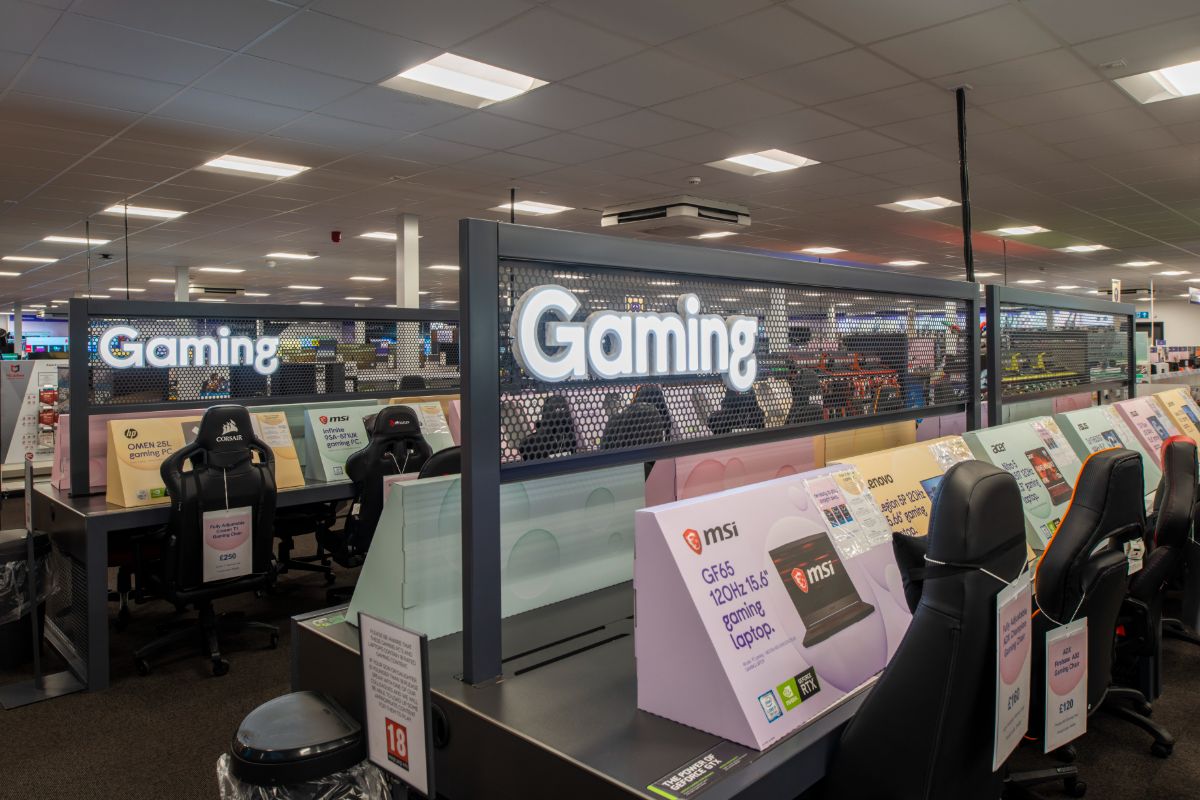More than half of millennials have purchased goods directly from international brands in the past six months, building on shopping habit that started in lockdown.
According to eShopWorld’s (ESW) Global Voices: Pre-Peak Pulse 2021 survey of almost 15,000 consumers across 14 countries, 52% of shoppers were motivated to buy online during the pandemic. That average rose to 58% among 25–44-year-olds, as shuttered stores and reduced access to physical shops prompted consumers to purchase items online that they normally would have validated and bought in-store.
This was most keenly felt in South Africa and India (both 63%), followed by the UAE (56%), China (53%) and the US (52%).
Reduced access to stores also boosted cross-border e-commerce, with almost half (46%) of global shoppers surveyed saying it prompted them to buy directly from an international brand online, rising to 52% among those ages 25–34. Consumers in India and China (both 61%), Mexico (59%) and Russia (50%) were the most likely to have purchased directly from an international brand online in the first half of 2021.
As a result, traditionally ‘high contact’ items that consumers would have previously validated in-store – either by trying on or testing them – proved the most popular type of cross-border purchases over the past six months.
A quarter (25%) of global shoppers bought clothing online outside their domestic market over the period, while footwear (19%), luxury goods (18%), skincare (17%), health and beauty (17%), fragrance (16%) and cosmetics (16%) rounded out the list of the most popular international e-commerce purchases. Once again, Millennial and Gen Z shoppers led the way, making cross-border purchases at three times the rate at of Baby Boomers (those ages 57–75).
The significant uptick in cross-border commerce throughout 2020 has continued in 2021, although year-over-year growth has been more muted. Of the top five most popular cross-border e-commerce categories, luxury grew the fastest over the past six months, rising 6% compared to the end of 2020, followed by skincare and fragrance (both up 4% over the period).
This increase in cross-border luxury purchases, driven mostly by younger shoppers, may have been fuelled by new international buying behaviours caused by the pandemic, ESW’s data shows.
Some 56% of global shoppers admitted to spending more online as a coping mechanism, either treating themselves to ‘pick-me-ups’ to reward themselves for getting through lockdowns or to alleviate the emotional stress of the pandemic. Meanwhile, over a quarter (28%) said they’d bought more online ‘gifts’ or ‘treats’ for friends and family during the pandemic to make up for not being able to see them in person.
While 57% of the global shoppers surveyed said the pandemic had opened their eyes to the convenience and choice on offer online – increasing to 63% among Millennials – 71% said that, post-pandemic, they would continue to purchase via a mix of digital and physical channels. This highlights the importance of omnichannel capabilities in retailers’ international commerce strategies as many countries begin to ease COVID-19 restrictions.
Patrick Bousquet-Chavanne, President and CEO, Americas, ESW, comments: “Brands that understand the evolution of traditional retailing see the importance of blending their direct international e-commerce trading with their existing omnichannel structure. Stores of the future will be experiential meccas, where brands will espouse and reinforce the brand personas and experiences they are building on social media. But the transactional engine for future growth has undoubtedly accelerated into digital channels, and it seems unlikely that trend will ever reverse.”
Martim Avillez Oliveira, Chief Commercial Officer, EMEA and APAC, ESW, adds: “To succeed retailers must double down on their efforts to create a holistic, deep level of understanding of international markets – across all their sales channels and customer touchpoints – so they can offer localized, customer-centric and cost-competitive shopping experiences. Only then can they truly open up the cross-border commerce opportunity by both maintaining the loyalty of existing customers and attracting new ones.”









